Common Florida Plants Poisonous to Pets
Florida’s lush, tropical climate supports a diverse array of plants, but pet owners should be aware that some of these beautiful plants can be toxic to their furry friends. Below is a list of common Florida plants that are poisonous to pets, along with some information on their effects and symptoms.
1. Oleander
Description: Oleander is a popular ornamental shrub known for its beautiful, fragrant flowers. It is commonly found in gardens and landscapes throughout Florida.
Toxicity: Oleander contains cardiac glycosides, which are highly toxic to both cats and dogs. Even a small ingestion can be lethal.
Symptoms: Vomiting, diarrhea, drooling, abnormal heart rate, and potentially fatal heart issues.

2. Sago Palm
Description: Sago Palm is a popular plant often found in both indoor and outdoor settings. Its stiff, feather-like leaves make it a decorative choice for many.
Toxicity: All parts of the Sago Palm are toxic, but the seeds contain the highest concentration of the toxin cycasin.
Symptoms: Vomiting, diarrhea, liver failure, and potentially death if untreated.

3. Azalea
Description: Azaleas are flowering shrubs that are part of the Rhododendron family. They are appreciated for their vibrant and colorful blooms.
Toxicity: Azaleas contain grayanotoxins, which can affect the heart and nervous system of pets.
Symptoms: Drooling, vomiting, diarrhea, weakness, and in severe cases, coma or death.
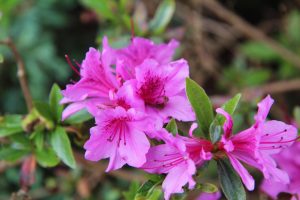
4. Dieffenbachia (Dumb Cane)
Description: Dieffenbachia is a popular houseplant with large, attractive leaves. It is often used indoors due to its ability to thrive in low light.
Toxicity: The plant contains insoluble calcium oxalates, which can cause irritation.
Symptoms: Oral irritation, difficulty swallowing, excessive drooling, and vomiting.
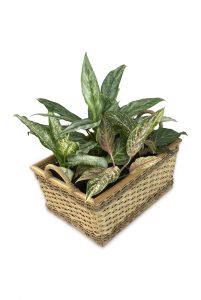
5. Lantana
Description: Lantana is a flowering plant often used in gardens for its colorful flowers and ability to attract butterflies.
Toxicity: Lantana contains triterpenoid compounds that are toxic to pets.
Symptoms: Vomiting, diarrhea, weakness, and potentially liver failure.
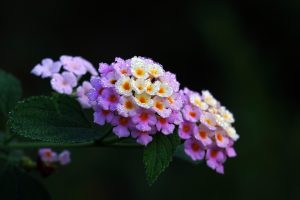

6. Philodendron
Description: Philodendrons are popular houseplants known for their easy care and attractive foliage.
Toxicity: Like Dieffenbachia, Philodendron contains insoluble calcium oxalates.
Symptoms: Oral irritation, drooling, vomiting, and difficulty swallowing.

7. Caladium
Description: Caladiums are known for their bright, colorful leaves and are often found in gardens and as houseplants.
Toxicity: Caladium also contains insoluble calcium oxalates.
Symptoms: Similar to Philodendron and Dieffenbachia, including oral irritation and vomiting.

8. Peace Lily
Description: Peace Lilies are common houseplants with glossy, dark green leaves and white flowers. They’re often used to improve indoor air quality.
Toxicity: They contain calcium oxalates, which can cause discomfort in pets.
Symptoms: Oral irritation, drooling, vomiting, and difficulty swallowing.
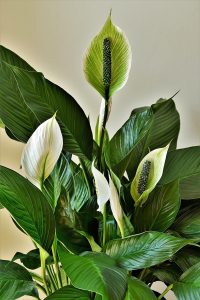
9. Pothos
Description: Pothos is a hardy and popular houseplant with variegated leaves, often used for its air-purifying qualities.
Toxicity: It contains insoluble calcium oxalates.
Symptoms: Oral irritation, drooling, vomiting, and difficulty swallowing.
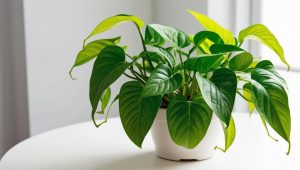
10. English Ivy
Description: English Ivy is a common climbing plant with lobed leaves, often used as ground cover or ornamental decoration.
Toxicity: The leaves and berries contain saponins, which can be toxic to pets.
Symptoms: Vomiting, abdominal pain, hypersalivation, and diarrhea.
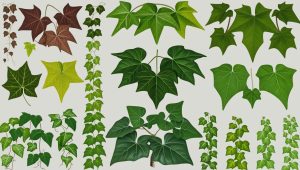
Conclusion
While these plants add beauty to Florida’s landscapes, it’s crucial for pet owners to be aware of their potential dangers. If you suspect your pet has ingested any part of these plants, it is essential to contact your veterinarian immediately. Being informed and vigilant can help keep your pets safe and healthy in a lush Florida environment.


 Facebook
Facebook
 X
X
 Pinterest
Pinterest
 Copy Link
Copy Link